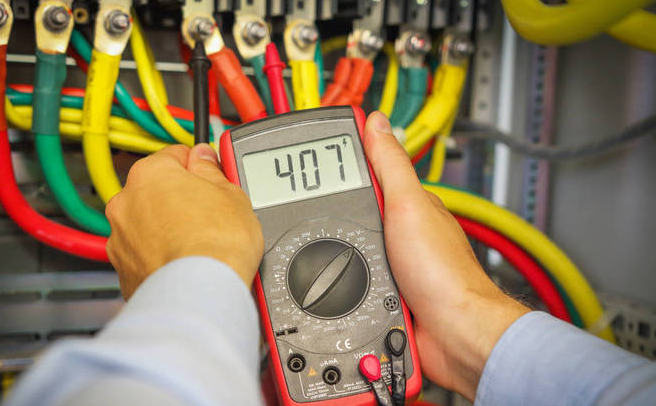Welcome to this technical blog post where we will explore the synergistic relationship between closed-loop current sensors and power supply voltage control. As a university professor, I will guide you through the intricacies of this topic, shedding light on its significance, applications, and the benefits it brings. Let’s delve into this fascinating subject!

1. Importance of Closed-Loop Current Sensors and Power Supply Voltage Control:
• Closed-loop current sensors provide accurate and real-time measurements of current flowing through the motor windings, enabling precise control and protection.
• Power supply voltage control ensures the delivery of appropriate voltage levels to the motor, facilitating efficient and reliable operation.
• The synergy between closed-loop current sensors and power supply voltage control optimizes motor performance, energy efficiency, and overall system reliability.
2. Control Strategy Overview:
• Closed-loop current sensors measure the motor’s current, providing feedback for control purposes.
• Power supply voltage control adjusts the voltage level supplied to the motor based on the current feedback.
• The combination of closed-loop current sensors and power supply voltage control allows for effective and coordinated motor control.
3. Applications of Closed-Loop Current Sensors and Power Supply Voltage Control:
• Industrial Machinery: In manufacturing processes, closed-loop current sensors and power supply voltage control ensure precise and stable motor operation, enabling high-quality production and reducing downtime.
• Renewable Energy Systems: Closed-loop current sensors and power supply voltage control are crucial in renewable energy systems such as wind turbines and solar panels. They enhance energy harvesting efficiency, protect equipment, and contribute to grid stability.
• Electric Vehicles: Closed-loop current sensors and power supply voltage control play a vital role in electric vehicles, optimizing motor performance, extending battery life, and ensuring safe and efficient propulsion.
4. Benefits of Closed-Loop Current Sensors and Power Supply Voltage Control:
• Motor Protection: Closed-loop current sensors detect abnormal current levels, triggering protective measures such as current limiters. Power supply voltage control complements this protection, preventing overvoltage conditions that can damage the motor.
• Energy Efficiency: The coordinated control of closed-loop current sensors and power supply voltage control minimizes energy losses, improving system efficiency and reducing operating costs.
• Dynamic Response: Together, closed-loop current sensors and power supply voltage control enable quick and accurate adjustments to changes in motor load and operating conditions, ensuring stable and responsive motor control.
5. Future Developments and Challenges:
• Advanced Control Algorithms: Researchers are exploring the integration of closed-loop current sensors and power supply voltage control with advanced control algorithms, such as model predictive control or artificial intelligence-based techniques, to further enhance system performance.
• Smart Grid Integration: The integration of closed-loop current sensors and power supply voltage control with smart grid technologies allows for optimized energy consumption, grid stability support, and bidirectional power flow control.
Conclusion:
In conclusion, the synergy between closed-loop current sensors and power supply voltage control is essential for achieving optimal motor control, protection, and energy efficiency. By working together, these components ensure accurate current measurement, enable voltage regulation, and facilitate responsive motor operation. Their applications range from industrial machinery to renewable energy systems and electric vehicles. As advancements continue, we can expect further improvements in control algorithms and integration with smart grid technologies. Stay tuned for more exciting developments in this field!
 rongtech
rongtech






您好!Please sign in